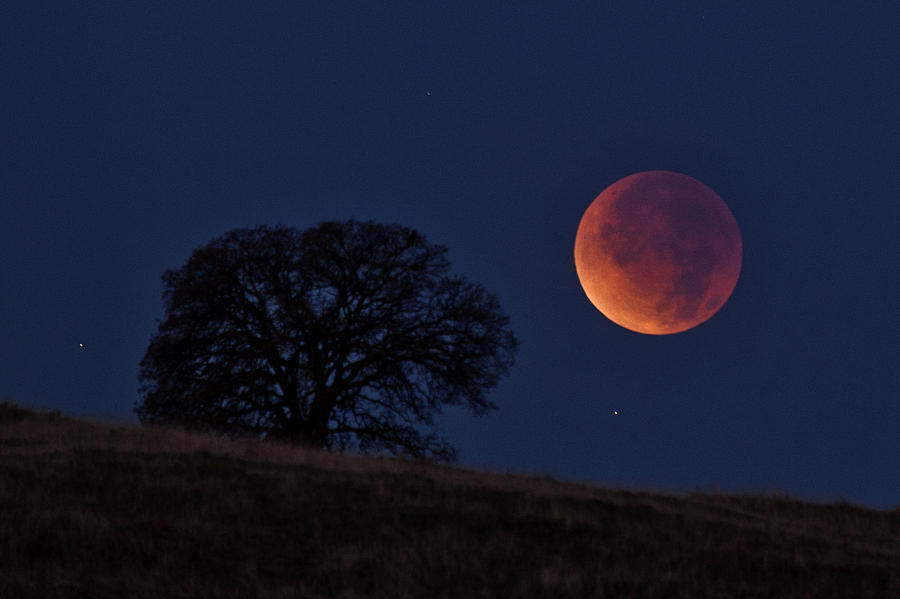SAN FRANCISCO—A total lunar eclipse is set to arrive on Sunday, September 27, between the hours of 5 p.m. and 6 p.m. PST. This event will mark the phenomenon scientists are calling the “supermoon eclipse.” The next time this event is set to take place is in 2033. The last supermoon eclipse took place over three decades ago in 1982.
The supermoon eclipse is said to be visible across Europe, Africa, western Asia, as well as North and South America. Thought the moon will not be any physically different, it will appear to be larger and brighter than normal, as the moon will be about 31,000 miles closer to Earth.
According to Lunar Reconnaissance Orbiter’s deputy project scientist, Noah Petro, the moon is known as apogee when it is farthest away, and called a pedigree when it is closest.
The moon will be passing two of Earth’s shadows, the Penumbra and Umbra. A penumbral lunar eclipse takes place when the moon passes through the penumbral shadow only. In contrast a partial lunar eclipse occurs when the moon passes through Earth’s umbral shadow, and the total lunar eclipse occurs when the moon passes through both of Earth’s shadows.

Photo by Frank Espenak.
The moon is generally known to be most striking during this time due to its vibrant red hues and complete eclipse. The moon turns red during this eclipse because the sun’s light becomes blocked from reaching the moon. A major difference of lunar and solar eclipses are that lunar eclipses are completely safe to watch.






